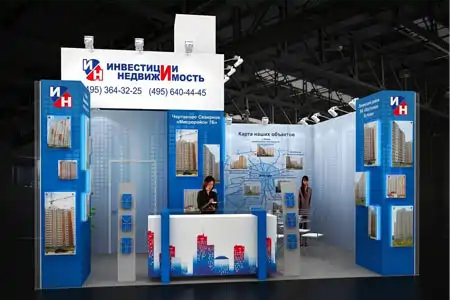
What we do
- Home page /
- Exhibition Stands
EXHIBITION STANDS: TYPES, PRODUCTION, ADVANTAGES
The rapid spread of virtual technologies, as well as Internet optimizations, does not prevent exhibitions from remaining the main and most effective tool for promoting goods and services. After all, it is at exhibitions that all industry players gather, all new developments and samples are demonstrated, and there is an opportunity to study and “touch” all this. Exhibitions stimulate innovation and competitiveness. Thanks to exhibitions, national and international boundaries are erased, and the necessary exchange of experience and knowledge occurs.
To achieve further growth and development, any company - large or small - strives to participate in exhibitions. The effectiveness of participation directly depends on the exhibition stand. If an exhibition stand is remembered by exhibition visitors, then the company that presented it will be remembered.
Exhibition stands are a modern presentation of the company.
An exhibition stand is a branded space allocated to a company for presentation or promotion of products and services on the territory of exhibition centers. An exhibition stand is an image of an enterprise created by an exhibition company based on the customer’s technical specifications.
Advantages of participating in an exhibition with an exhibition stand:
- Creating a company image.
- The ability to quickly reach the required levels of B2B, B2C.
- Concluding commercial contracts “here and now”.
- Strengthening the company's status.
Types of exhibition stands.
There are the following types of exhibition stands:
- Mobile exhibition stands.
- Standard exhibition stands.
- Exclusive exhibition stands.
MOBILE EXHIBITION STANDS.
Mobile exhibition stands are typical reusable stands. The decisive factor is their mobility in transportation and use.
The advantages of mobile stands include:
- Affordable price
- Compactness
- Possibility of assembly and transportation by one person
- Use in small spaces.
The most common popular types of mobile exhibition stands:
- roll-up
- pop-up
- promotional stands
Roll-up stands got their name due to the roller mechanism that winds the information sheet into a roll. Typical roll-up sizes: width from 80 cm or more, height 200-250 cm. The canvas is made of either a banner or paper. To give strength, the paper web is laminated with a glossy or matte film. Roll-up is convenient because it allows you to replace the sheet. Their main disadvantage: they cannot be used outdoors.
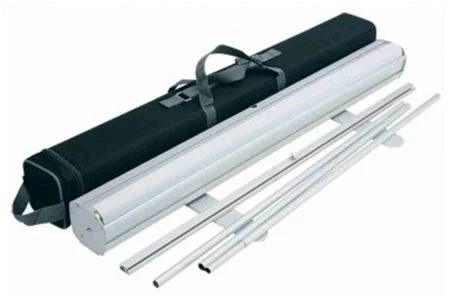


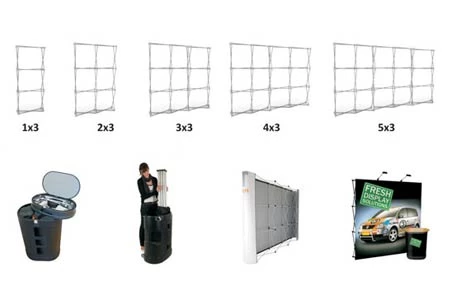



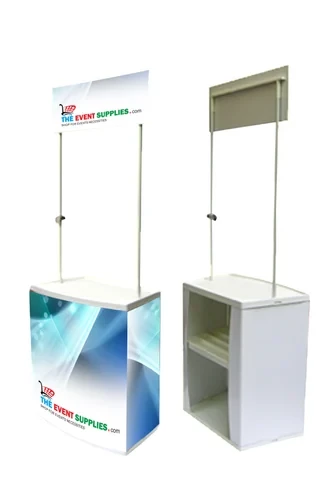

STANDARD EXHIBITION STANDS


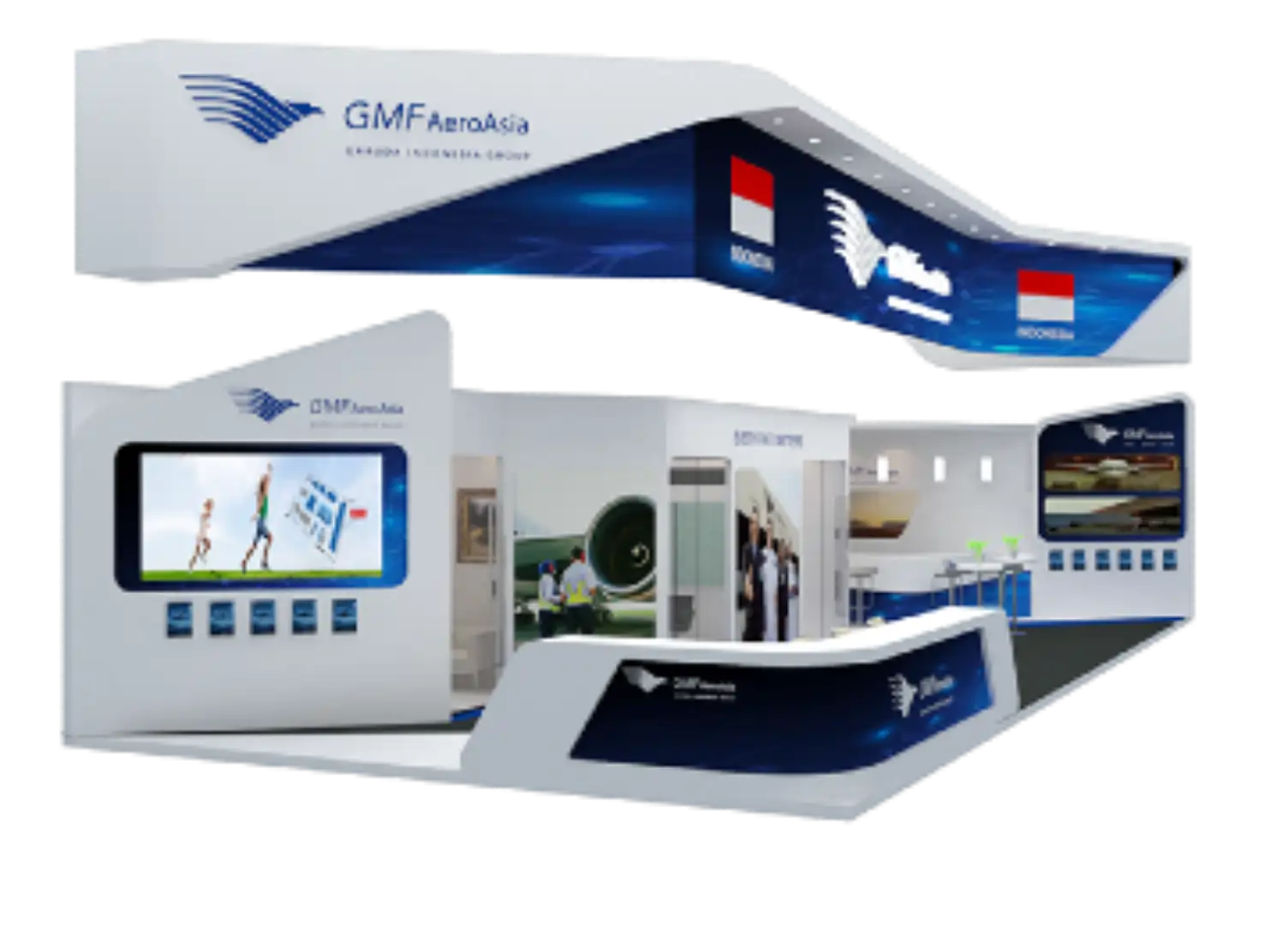
EXCLUSIVE EXHIBITION STANDS
- location of the area in the pavilion (at the entrance, in the center, on the side or at the very end of the pavilion)
- direction of visitor flow
- stand configuration (corner, peninsula, island, linear).
Exhibition stand configurations









